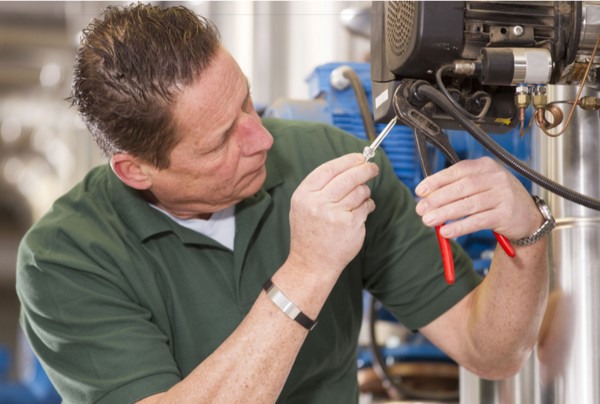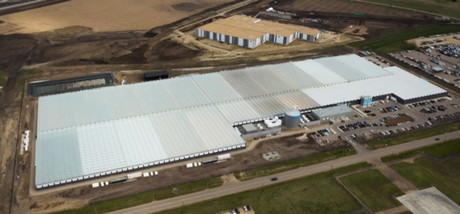How does it occur in a greenhouse or indoor facility maintenance and how can one eliminate it?
What is excess motion in maintenance?
Excess motion is unnecessary movement within a facility. In maintenance, excess motion can occur while inefficiently moving about the facility to perform regularly scheduled maintenance. Facilities, especially greenhouses, can be large and sprawling and, often, maintenance people must walk great distances to make repairs. Making multiple trips back and forth to the maintenance area for tools, parts, and manuals can add considerable time to what could otherwise be a short and simple task. Not only is time lost, but overall Facility Maintenance efficiency is lowered. Having a system which can inform what tools or materials are required, along with instructions provided on a smart device can save cost in lost production and time to repair. The following case study paints a vivid picture of how excess motion can affect daily operation in a greenhouse and how a CMMS solves this problem.

Case study
While managing the maintenance at a previous project’s facility, David Riseborough performed approximately 35,000 steps each day simply from walking up and down the length of the 800,000 sqft greenhouse. Here, he recalls a specific instance of excess motion and how a CMMS eliminated the issue.

“Imagine doing maintenance on one end of the facility then realizing you forgot an essential tool, having to walk back to the other end of the facility to get it, and back to the job site again. One time in particular when this happened in a facility of ours spanning 1 km, 3 hours of time was added to a job just from having to retrieve forgotten tools from the opposite end of the greenhouse. Walking the stretch of a facility that size takes anywhere from 10-12 minutes, or nearly half an hour to travel back and forth. This is the reality of working on a piece of equipment when you don’t know the exact tools you’ll need for a job.
As soon as a CMMS was integrated in this facility, most of the time that was lost to excess travel was eliminated. A CMMS not only helped us build job plans for the exact maintenance work needed, but gave us the ability to access the parts manuals for specific machinery directly on our phones. This way, we could identify everything we needed for a job that day and only make one trip to the job site – no more guess work was involved. Having this ability allowed maintenance staff to complete all the same work as before by lunchtime with way less time spent in motion. It takes time to build up a system like this but making fluid records of maintenance work then turning that into work plans attached to a work order is a key function within a CMMS. Using an integrator who understands your business and the facility it operates within is key to the development of a successful program that will save you money (and a lot of holes in your socks).”
So, what’s the takeaway? Not only can excess motion be eliminated with a CMMS, but maintenance personnel can accomplish scheduled maintenance tasks much quicker allowing for more flexibility and faster response times to breakdown calls.
For more information:
AUSA Corporation
press@ausa-corp.com
www.ausa-corp.com

www.alpsmj.com
